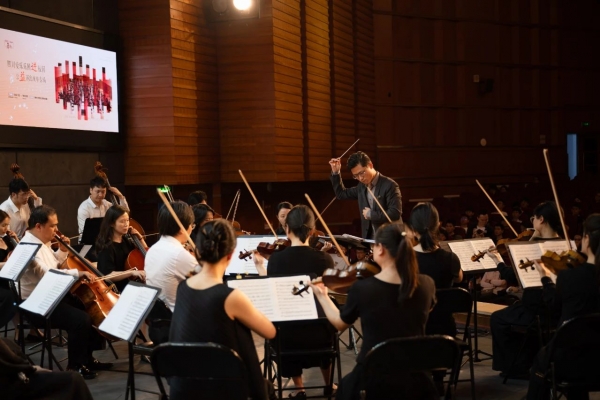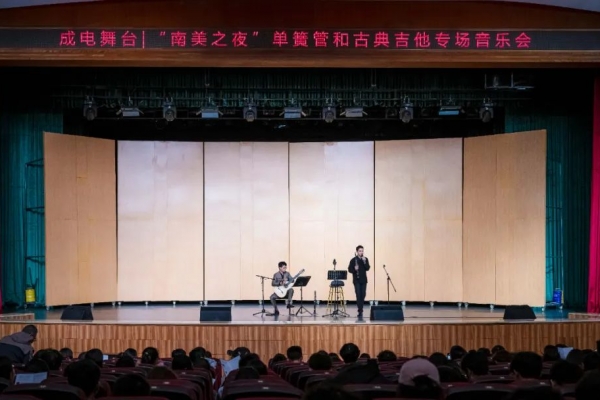即可将网页分享至朋友圈
由基础与前沿研究院主办的“基础论坛”第144-146期邀请到奥地利科学院维也纳量子光学与量子信息研究所Miguel Navascués博士来校作学术交流。具体安排如下,欢迎师生们参加。

主讲人简介:
Miguel Navascués博士现担任奥地利科学院维也纳量子光学与量子信息研究所(IQOQI-Vienna)科研组长。长期从事量子信息、量子基础理论以及凸优化理论的研究。他与合作者发明的NPA方法被广泛用于量子相关性的数值研究。
报告一
主 题:Almost quantum correlations
时 间:2018年11月26日(周一)9:00-12:00
地 点:沙河校区通信楼725
报告摘要:
The correlations achievable between distant observers living in a quantum universe exhibit a very peculiar correlation structure. Different authors have tried to capture this structure through reasonable physical principles; the working hypothesis being that "the world is quantum not by chance, but because there is just no other way". To counter this claim, in this talk I will introduce the almost quantum set, a theoretical set of multipartite supra-quantum correlations. The almost quantum set is not only physically consistent, but also happens to satisfy all physical principles proposed so far to single out the set of quantum correlations. My results therefore suggest that our world might not be quantum after all.
报告二
主 题:Resetting uncontrolled quantum systems
时 间:2018年11月27日(周二)9:00-12:00
地 点:沙河校区通信楼725
报告摘要:
We consider a scenario where we wish to bring a closed system of known Hilbert space dimension dS (the target), subject to an unknown Hamiltonian evolution, back to its quantum state at a past time t0. The target is out of our control: this means that we ignore both its free Hamiltonian and how the system interacts with other quantum systems we may use to influence it. Under these conditions, we prove that there exist protocols within the framework of non-relativistic quantum physics which reset the target system to its exact quantum state at t0. Each "resetting protocol" is successful with non-zero probability for all possible free Hamiltonians and interaction unitaries, save a subset of zero measure. When the target is a qubit and the interaction is sampled from the Haar measure, the simplest resetting circuits have a significant average probability of success and their implementation is within reach of current quantum technologies. Finally, we find that, in case the resetting protocol fails, it is possible to run a further protocol that, if successful, undoes both the natural evolution of the target and the effects of the failed protocol over the latter. By chaining in this fashion several such protocols, one can substantially increase the overall probability of a successful resetting.
报告三
主 题:Chunking quantum networks
时 间:2018年11月28日(周三)9:00-12:00
地 点:沙河校区通信楼725
报告摘要:
As quantum technologies develop, we acquire control of an ever-growing number of quantum systems. Unfortunately, current tools to certify non-classical properties of quantum states, such as entanglement and nonlocality, are just practical for systems of a very modest size, of around 4 sites. Our approach to solve this “many-body quantum information problem” consists in devising linear witnesses which admit an exact tensor network state representation. The resulting method, connector theory, allows us to certify entanglement, Bell nonlocality and supra-quantum Bell nonlocality in networks with hundreds of sites in a matter of seconds.
基础与前沿研究院
2018年11月24日
编辑:杨棋凌 / 审核:罗莎 / 发布:陈伟


